
As technology continues to evolve, our homes are becoming increasingly connected. While these smart gadgets offer convenience and efficiency, they also bring potential risks to our privacy. Understanding which devices are most susceptible to breaches can help you protect your personal information.
1. Smart Speakers
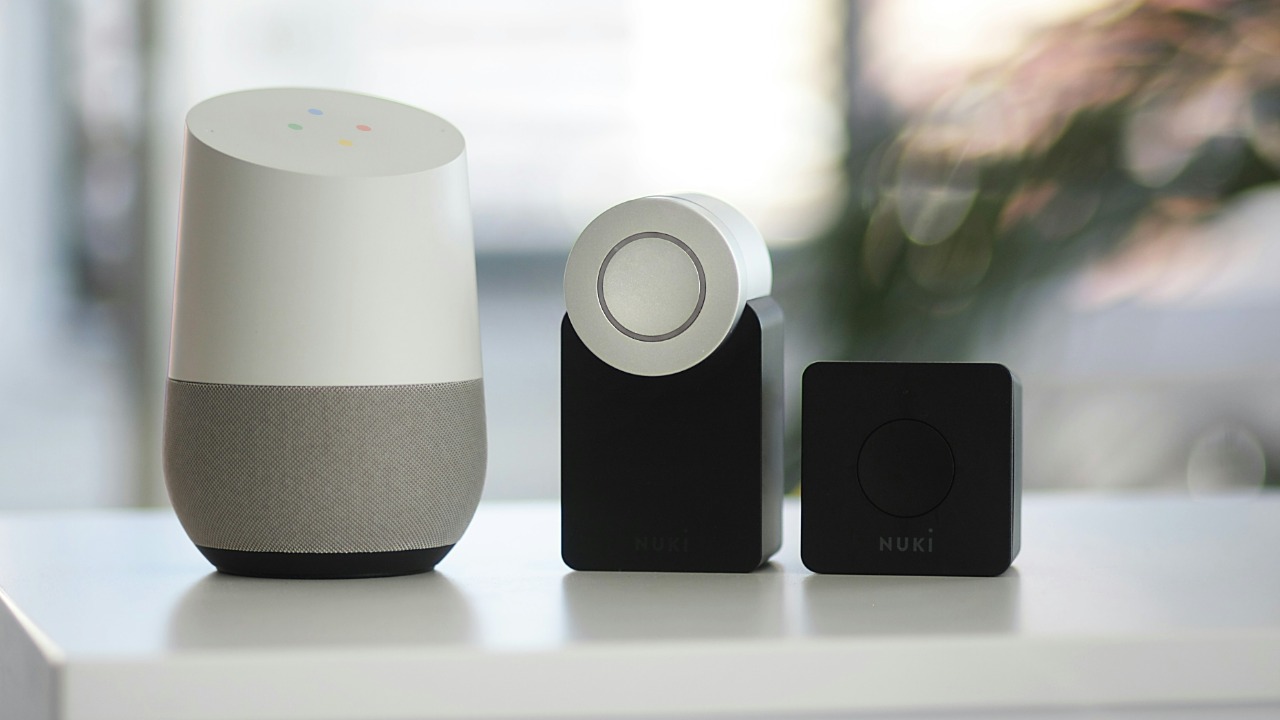
Smart speakers are designed to listen and respond to voice commands, making them a popular choice for controlling other smart devices. However, their constant listening capability raises concerns about unauthorized surveillance and data collection. Manufacturers assure users that data is only transmitted when the wake word is detected, but glitches and hacking vulnerabilities can lead to unintended recordings.
To minimize risks, regularly review your smart speaker’s privacy settings and delete stored voice recordings. Ensuring your device’s firmware is up-to-date can also help protect against known security vulnerabilities, providing an extra layer of security.
2. Security Cameras
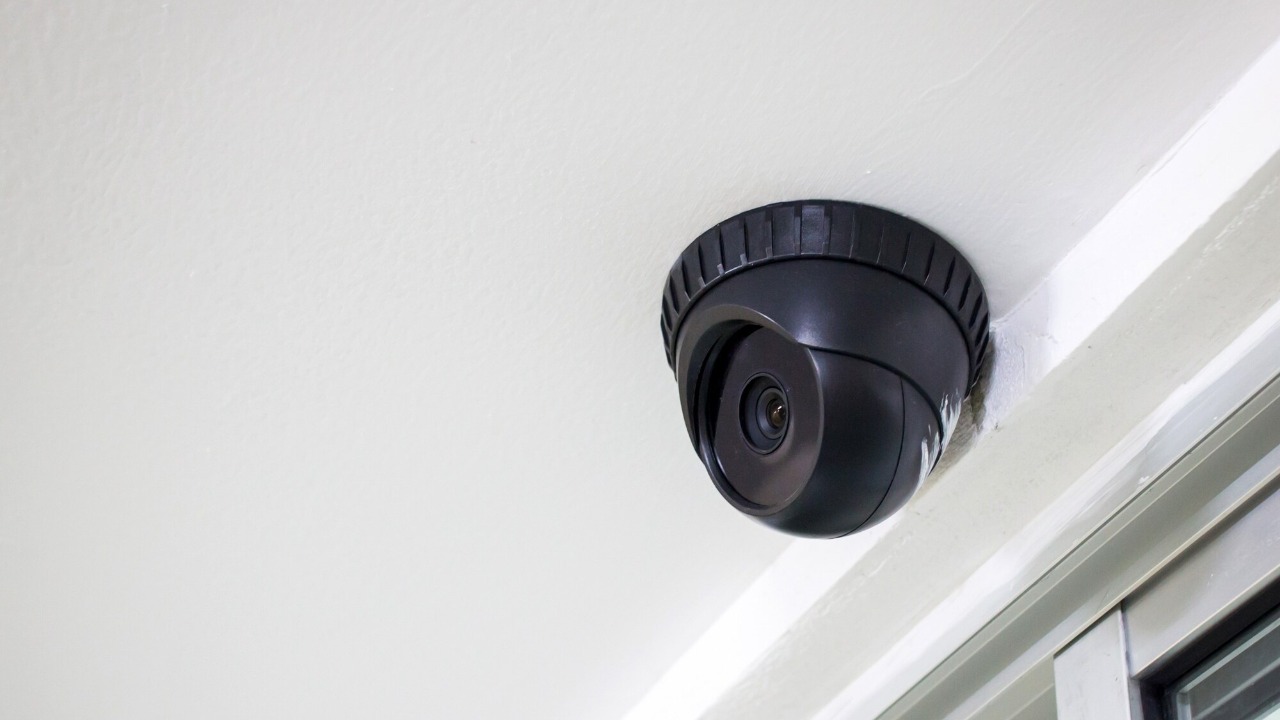
Security cameras are meant to enhance safety, yet they can also serve as gateways for privacy breaches. Hackers can potentially gain access to live feeds, compromising your privacy. According to a data protection study, weak passwords and outdated firmware are common culprits.
To safeguard your security cameras, use strong, unique passwords and enable two-factor authentication. Regularly updating the camera’s software is crucial to protect against newly discovered vulnerabilities, ensuring your home remains secure.
3. Smart TVs
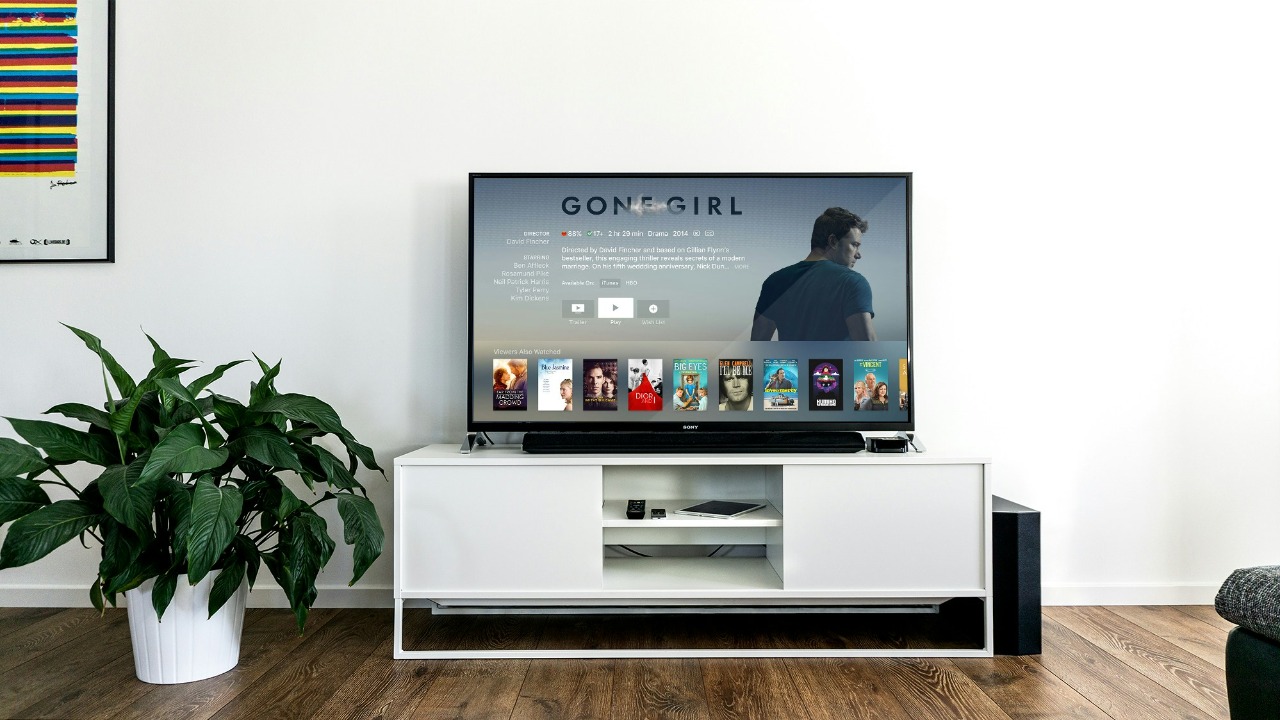
Smart TVs come equipped with features like voice recognition and internet connectivity, which can pose privacy risks. Some models collect viewing data to personalize content, raising concerns about the extent of data collection. A recent analysis highlights the potential for unauthorized data sharing with third parties.
To protect your privacy, periodically review your Smart TV’s privacy settings and disable features that you do not use. Being mindful of app permissions and regularly updating the TV’s software can also help mitigate risks associated with these devices.
4. Video Doorbells
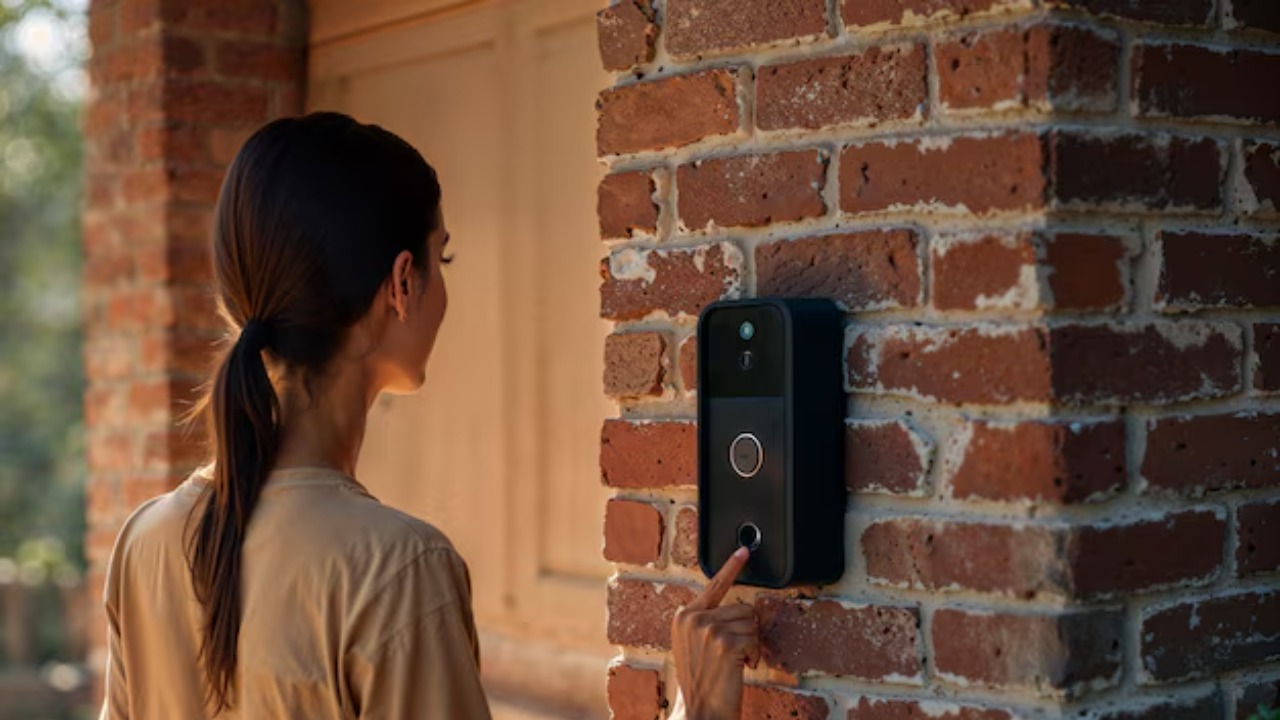
Video doorbells provide an added sense of security by allowing homeowners to see who is at their door. However, they can be vulnerable to cyberattacks, potentially allowing hackers to access your network and sensitive information. Reports of unauthorized access to video feeds highlight the need for stringent security measures.
To protect your video doorbell, ensure it’s secured with a strong password and regularly update the firmware. Disabling unnecessary features and enabling privacy zones can further enhance security, giving you peace of mind.
5. Smart Thermostats
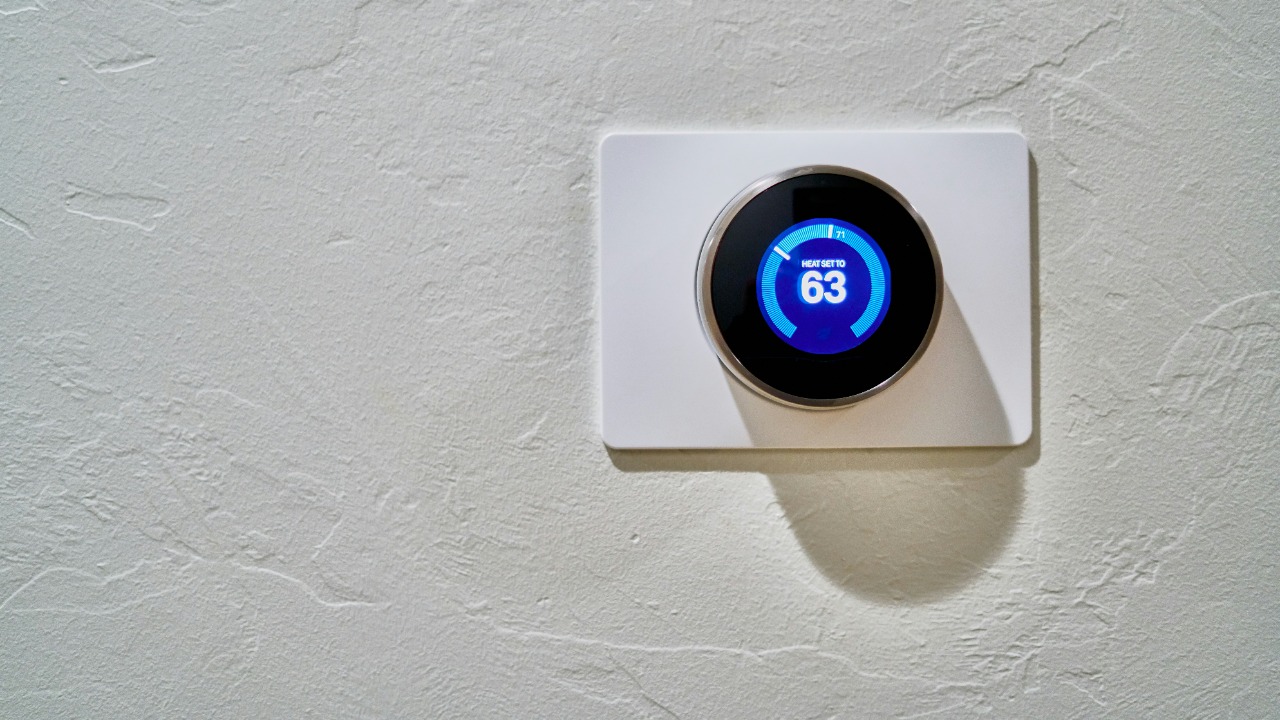
Smart thermostats offer energy efficiency and convenience, but they also collect data about your daily routines and preferences. This information can be intercepted by unauthorized parties, resulting in potential privacy breaches.
To safeguard your privacy, set strong passwords and keep your device’s software up-to-date. Limiting data sharing with third-party applications can also help protect your personal information from being accessed without your consent.
6. Wearable Fitness Trackers
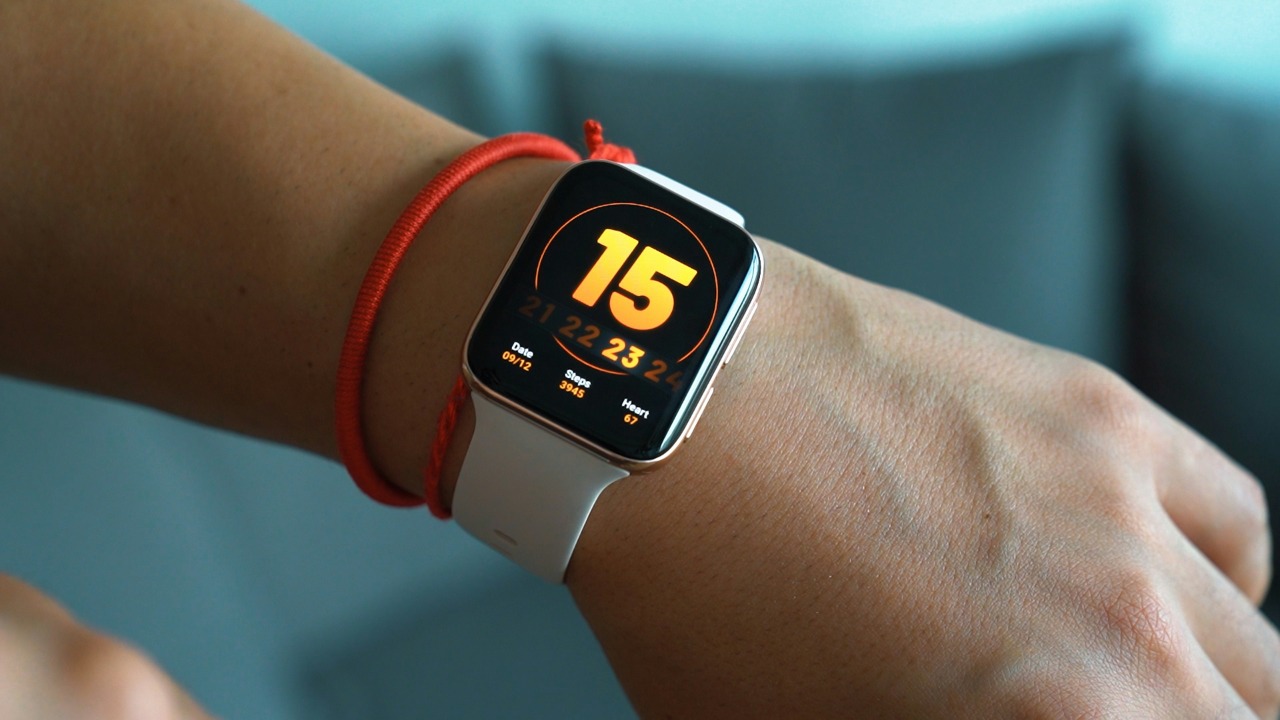
Wearable fitness trackers monitor your activity levels, heart rate, and even sleep patterns. While this data can be useful for personal health management, it can also be targeted in cyber vulnerabilities, leading to potential privacy breaches.
To protect your fitness data, regularly review app permissions and disable any unnecessary data sharing. Keeping the device’s software updated and using secure connections can also help minimize privacy risks.
7. Smart Locks
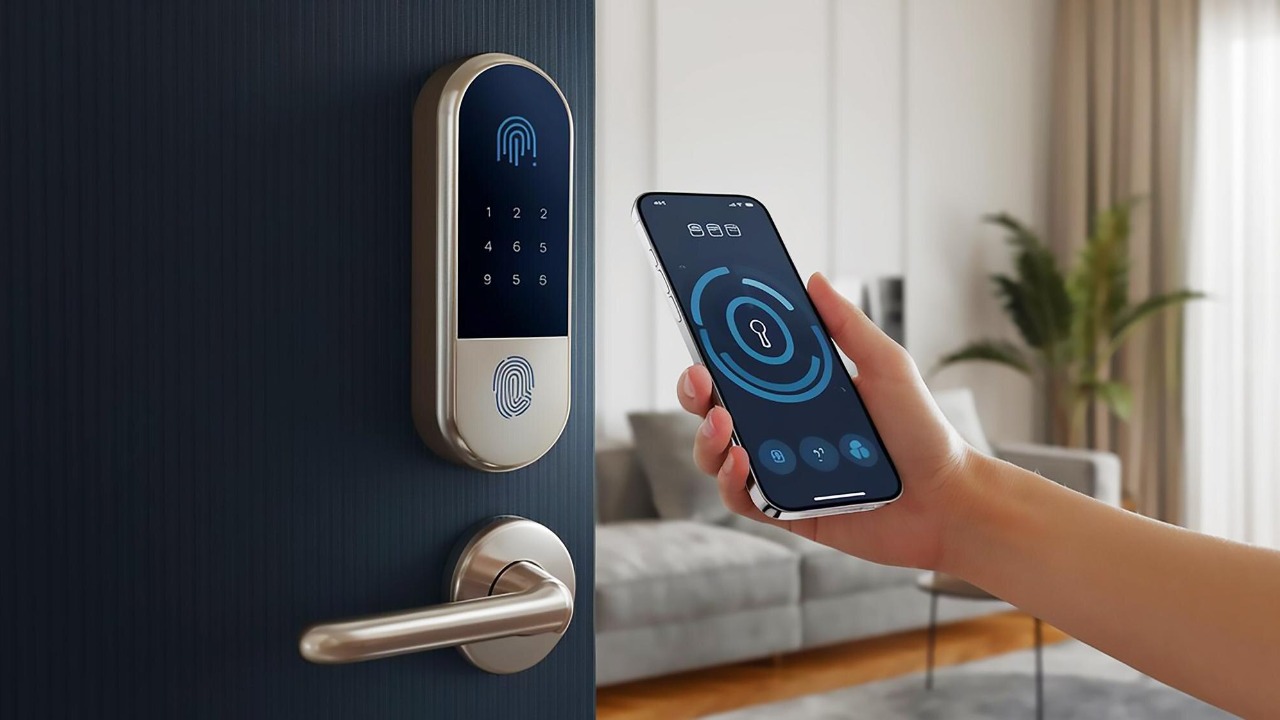
Smart locks offer convenience by allowing remote access to your home, but they can also be targets for cybercriminals. Unauthorized access could potentially compromise your home’s security, which is a significant concern for homeowners.
To enhance the security of your smart locks, use complex passwords and enable two-factor authentication. Regularly updating the lock’s firmware and monitoring access logs can help protect against unauthorized entry, keeping your home safe and secure.
8. Connected Baby Monitors

Connected baby monitors provide parents with peace of mind by allowing them to keep an eye on their little ones. However, they have been known to be vulnerable to hacking, potentially allowing unauthorized individuals to view the camera feed.
To protect your baby monitor, ensure it is secured with a strong password and regularly update the firmware. Avoid using default settings and consider disabling remote viewing features when not in use to enhance security.
9. Wireless Routers
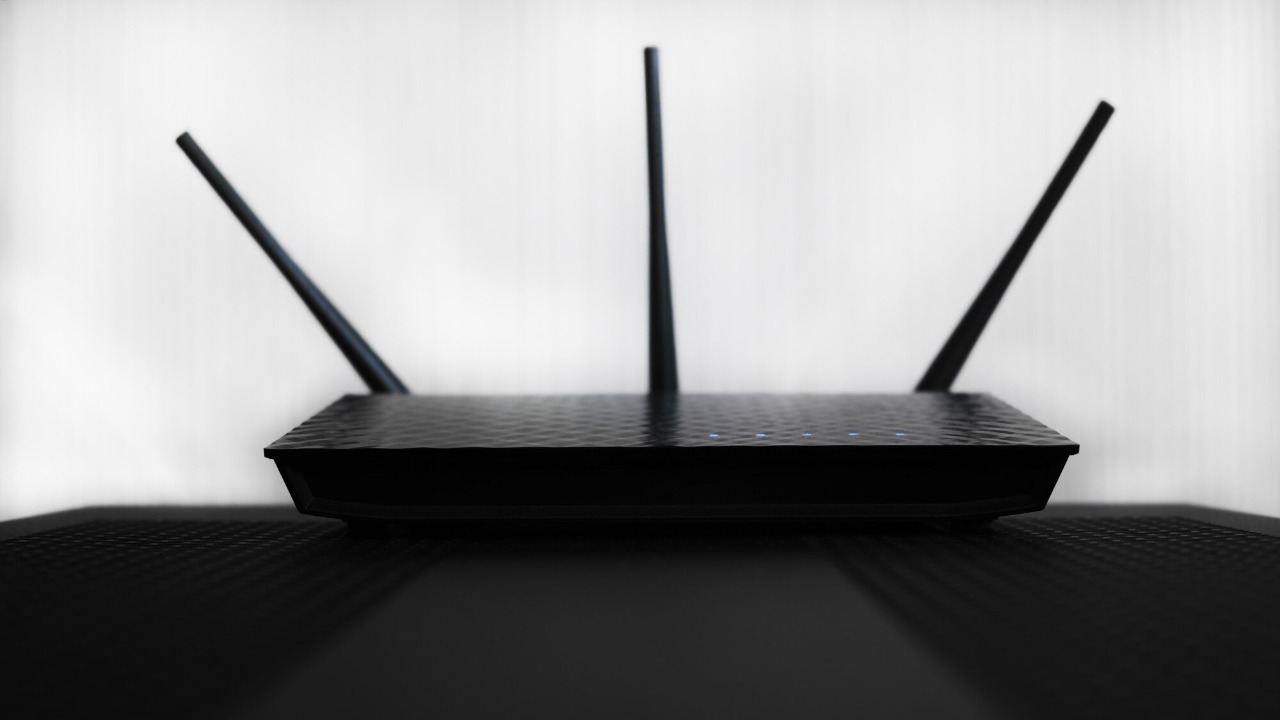
Wireless routers serve as the backbone of smart home connectivity, making them a critical component in maintaining privacy. A compromised router can expose all connected devices to potential breaches, underscoring the importance of securing your network.
To protect your wireless router, use a strong, unique password and enable network encryption. Regularly updating the router’s firmware and disabling unnecessary features can also help safeguard your home network against cyber threats. For a comprehensive understanding of major data breaches, explore this detailed report.